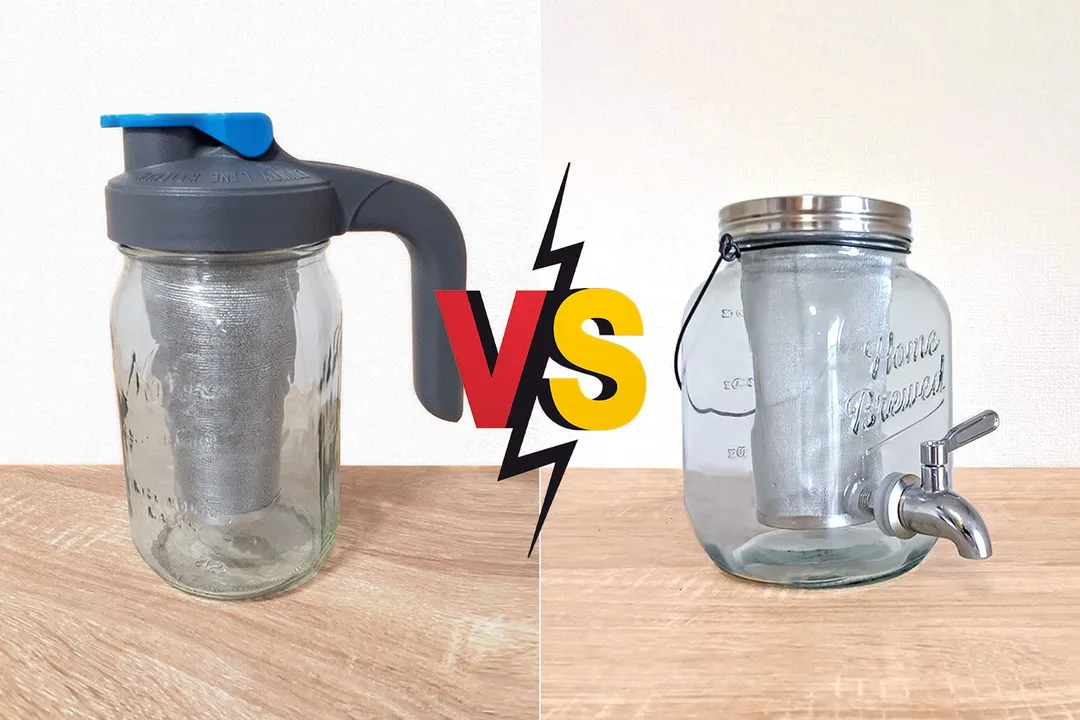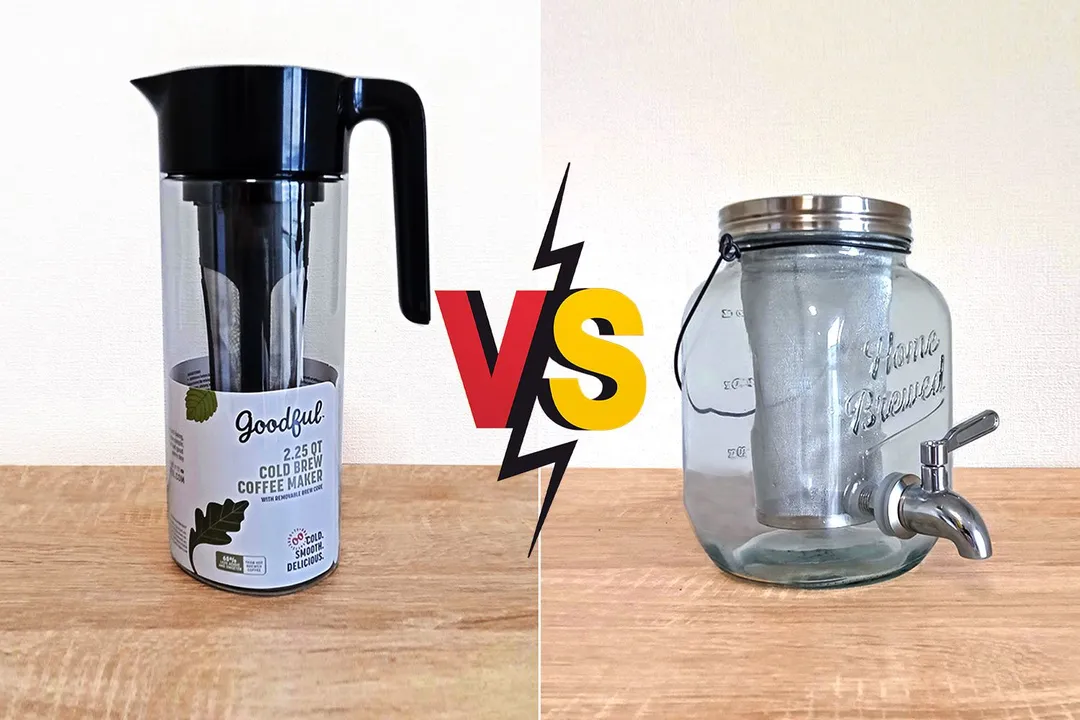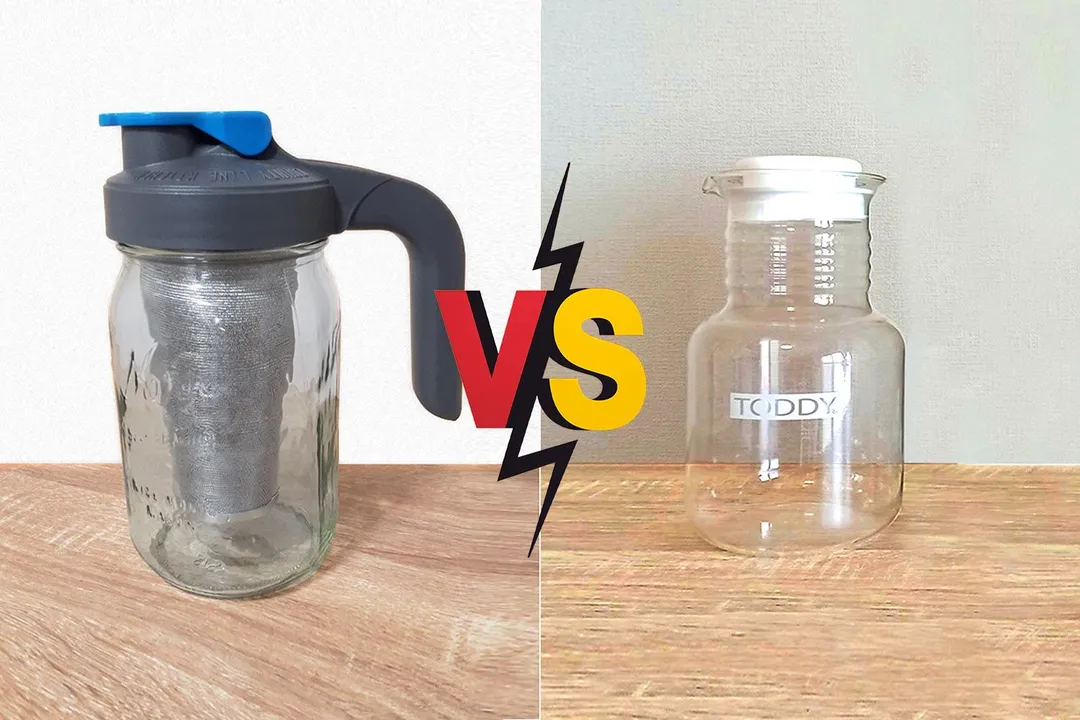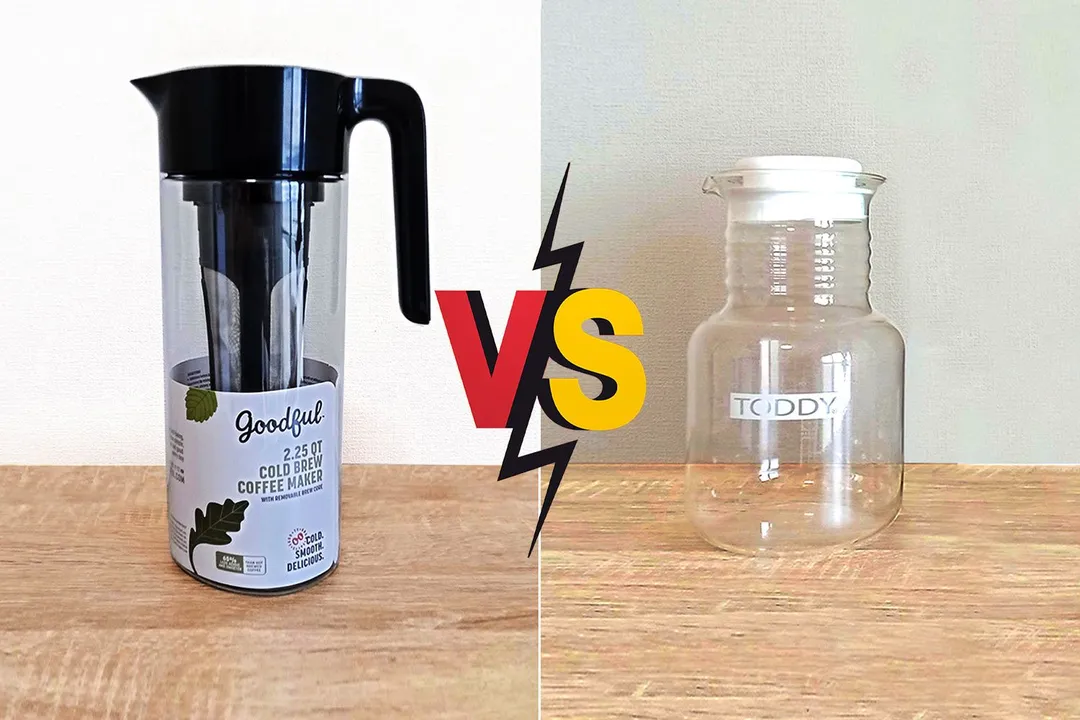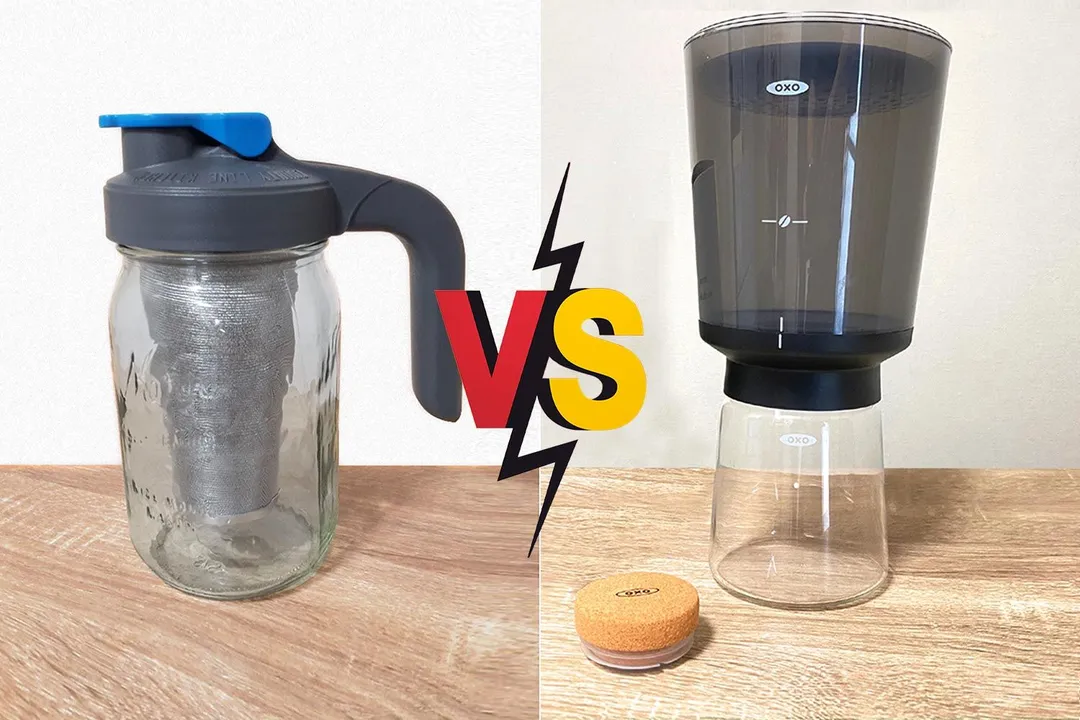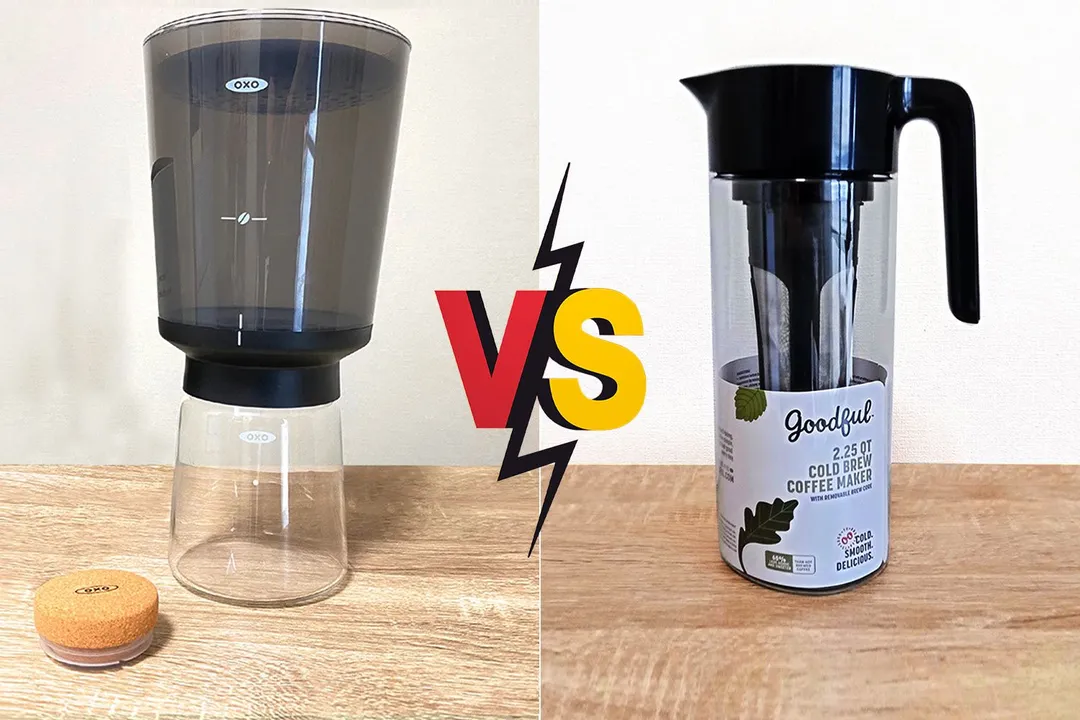Our recommendations are made independently through Research & Testing. We may receive commissions from purchases made via our links.
County Line Kitchen vs Goodful Side-by-Side Comparison
County Line Kitchen vs Goodful cold brew coffee maker. A quality mason jar brewer outperforms a plastic jug.
County Line Kitchen
Tested Using Methodology v1.0Goodful
Tested Using Methodology v1.0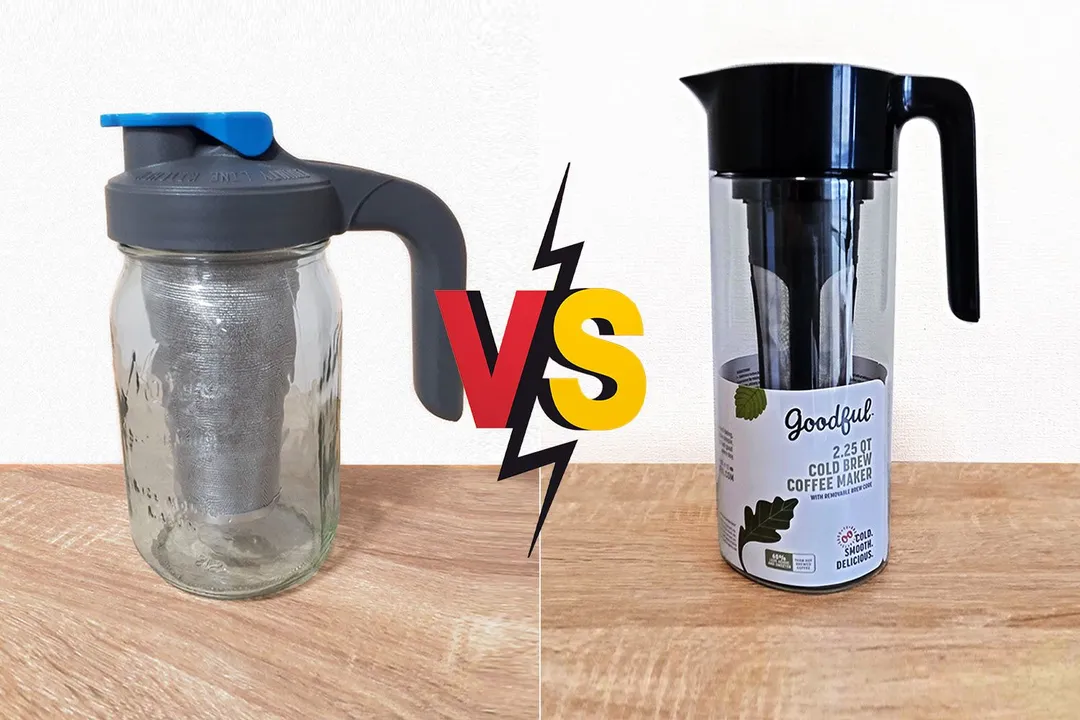
Overall Verdict
The County Line Kitchen and Goodful cold brew coffee makers are both immersion filter brewers. They can easily fit in the door of a refrigerator and both have completely sealed spill-proof lids.
The difference lies in the brew quality and the design. Due to a better-designed filter, the County Line Kitchen produces a far superior brew. The Goodful brews a larger quantity, but the brew ratio is twice that of the County Line ( 1:18 vs 1:9).
Design-wise, the lid of the Goodful has a clunky and low-quality feel. It’s also an all-plastic brewer, while the County Line Kitchen is glass with a stainless mesh filter. It is therefore more versatile for additional hot beverage brewing.
Pros & Cons
- Versatile product
- Minimal packaging
- Packed and shipped in the US
- Robust and durable
- Airtight silicone gasket
- Durable
- Removable filter base
- Turn-to-pour lid
- Brew strength average
- Filter not so effective
- Not a good fit for small refrigerators
- Clunky lid
Key Specs
Where to Buy
*You help support HealthyKitchen101's product testing and reviews by purchasing from our retail partners.
Analysis and Test Results
Brew Quality
Bouquet
Drinkability
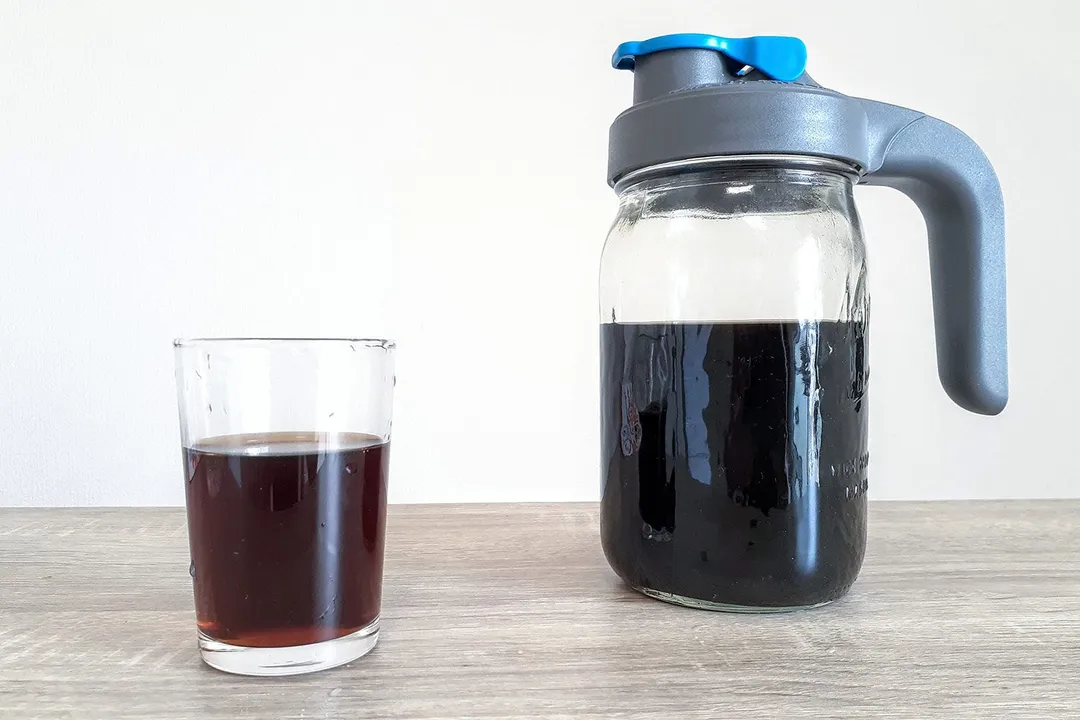
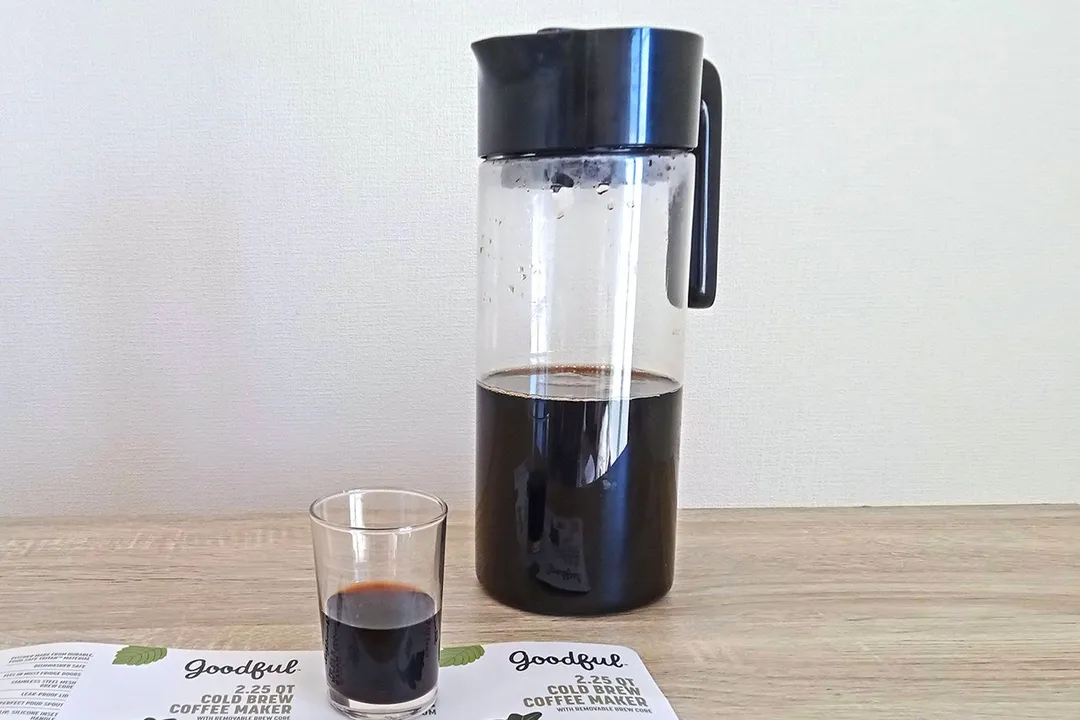
Sediment
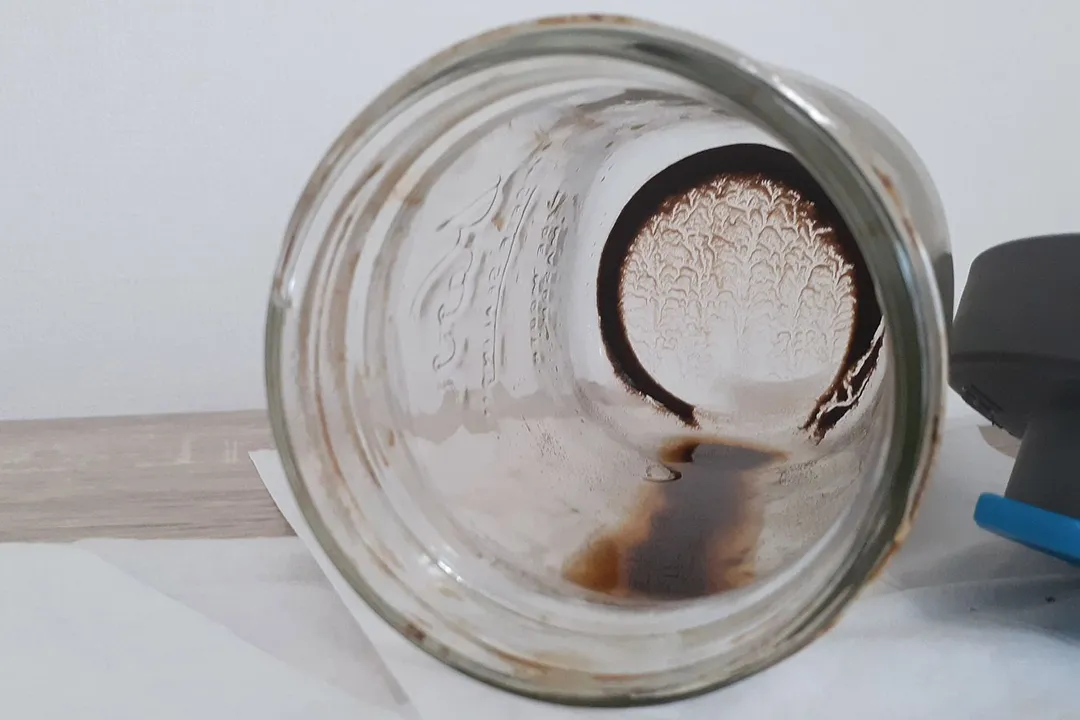
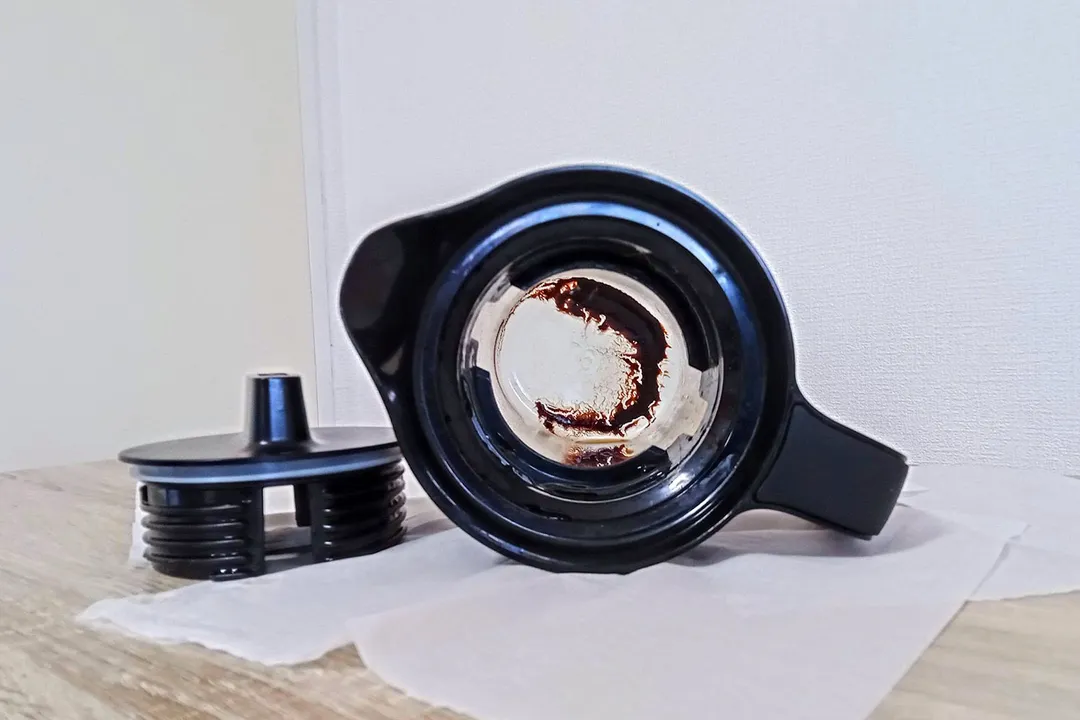
Design
In the Box

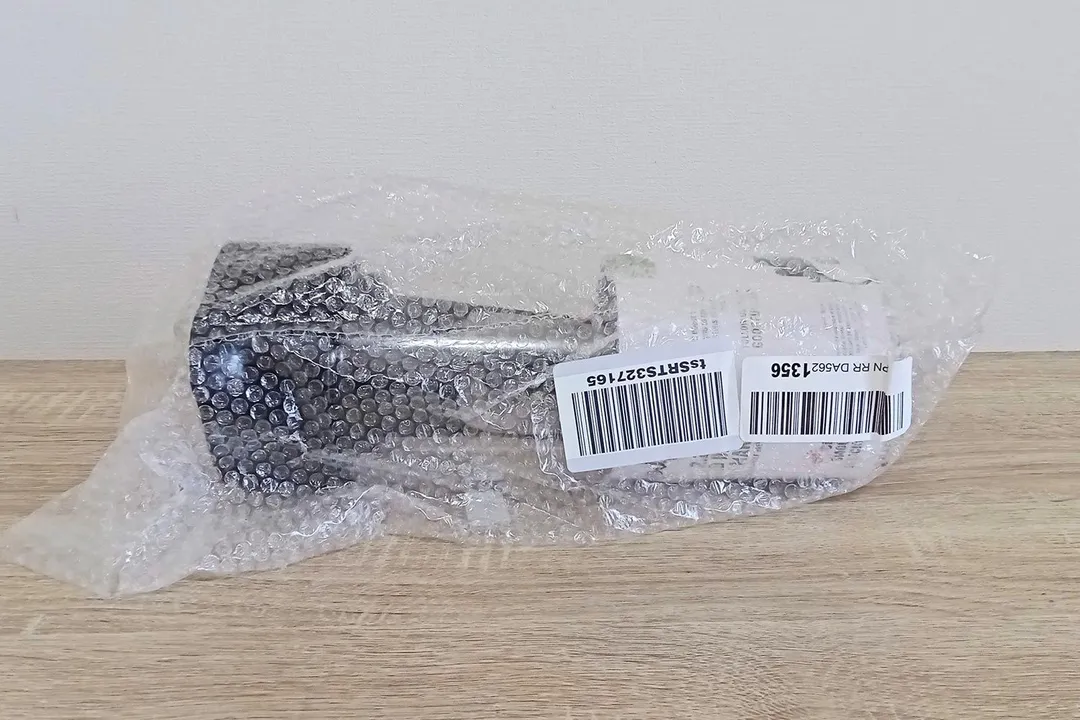
Decanter

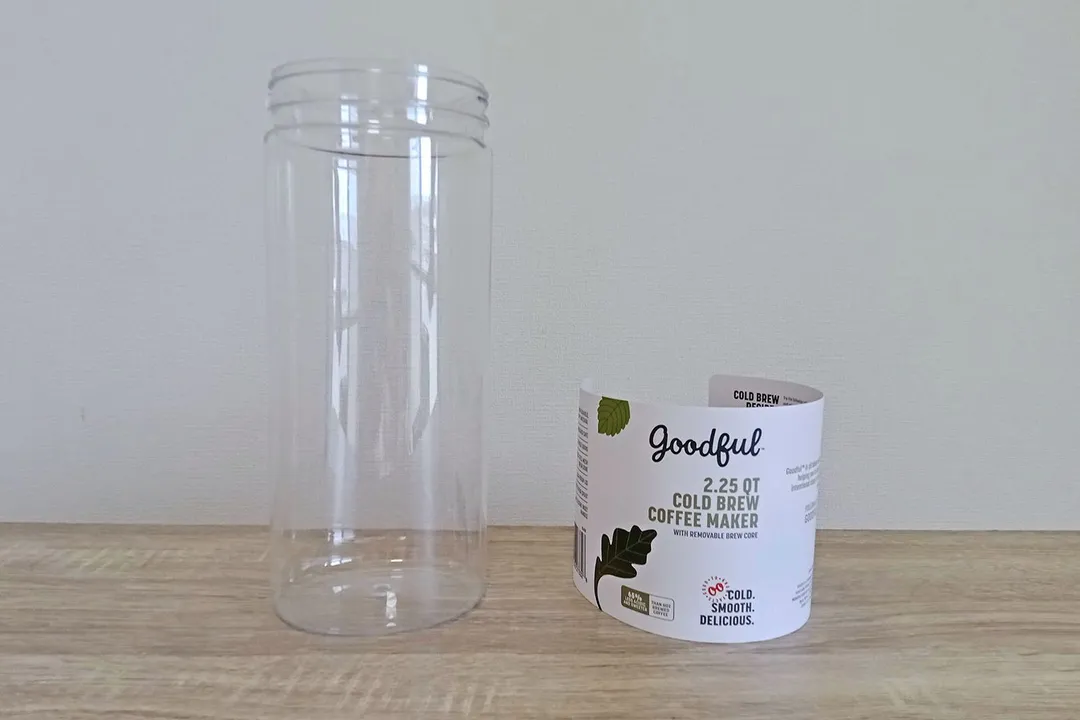
Stopper / Lid
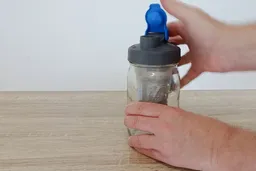
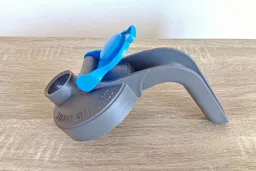

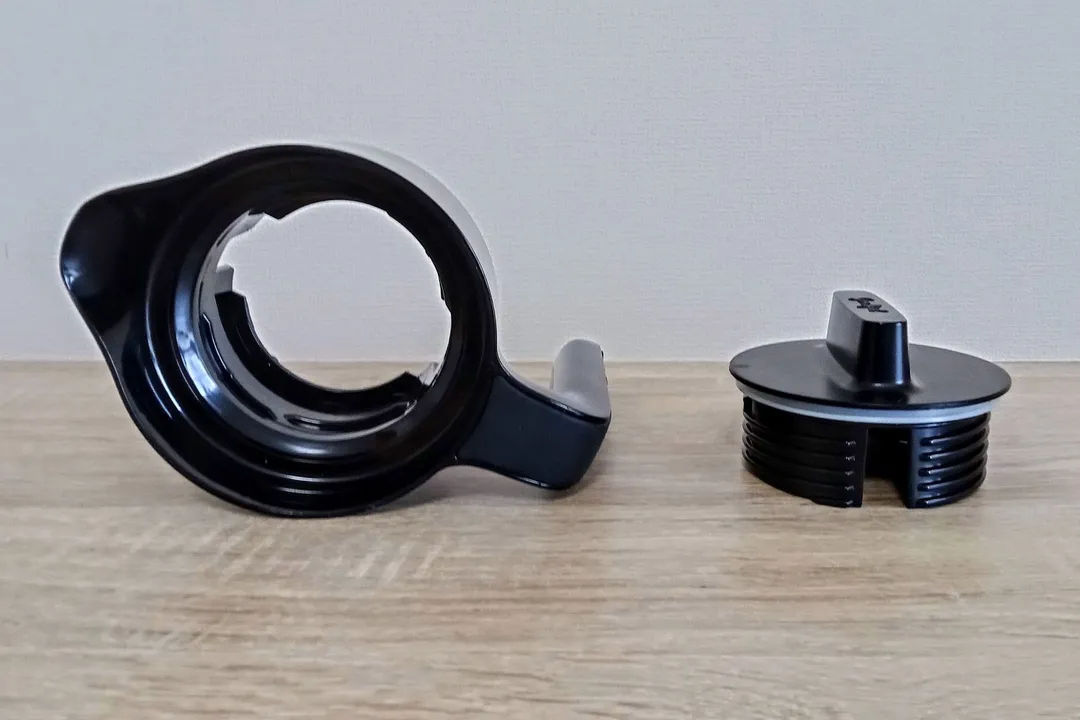
Filter
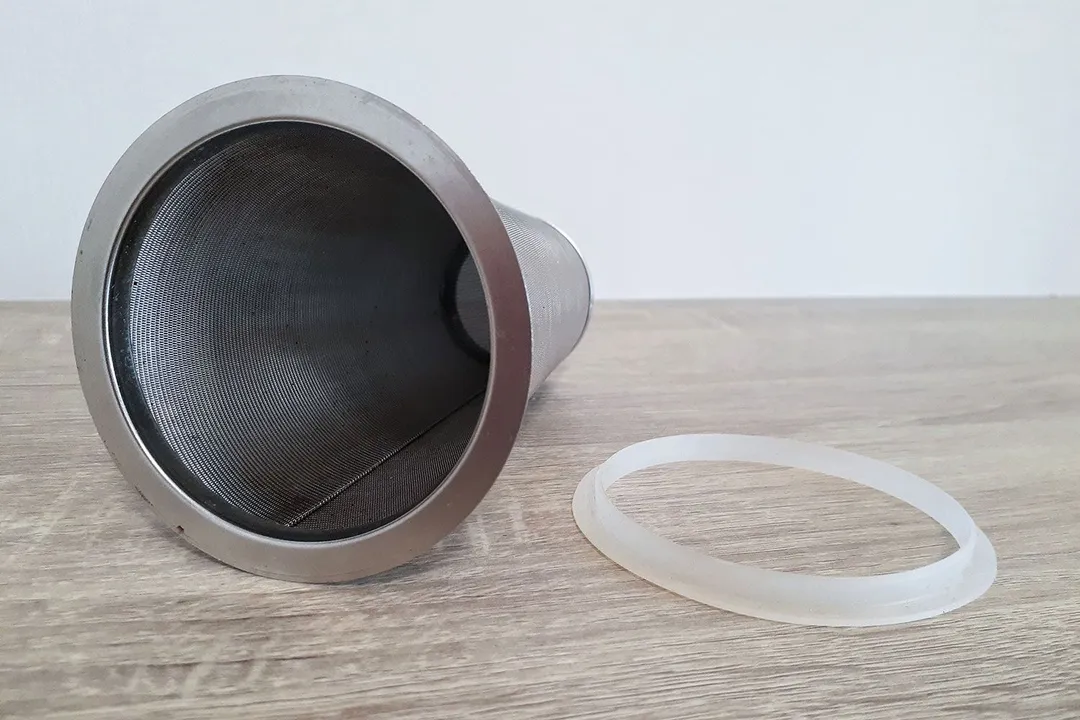

Build Quality
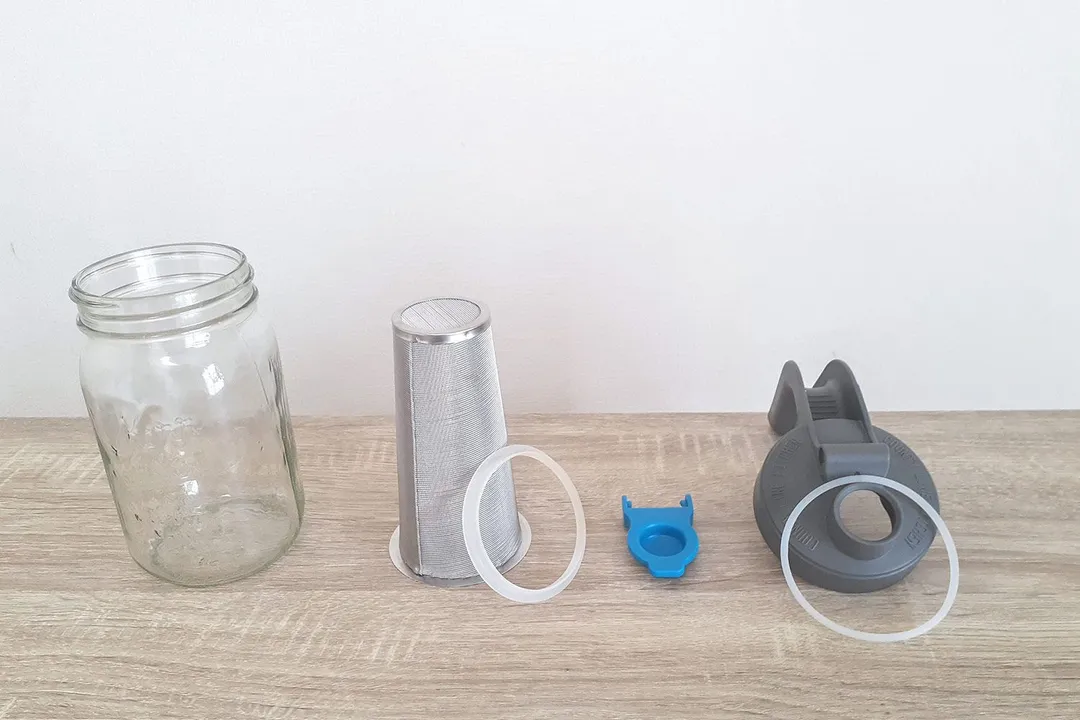

Usability
Brewing

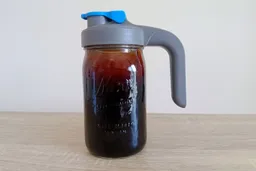
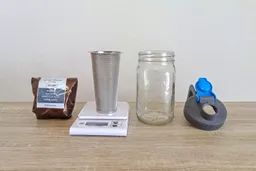
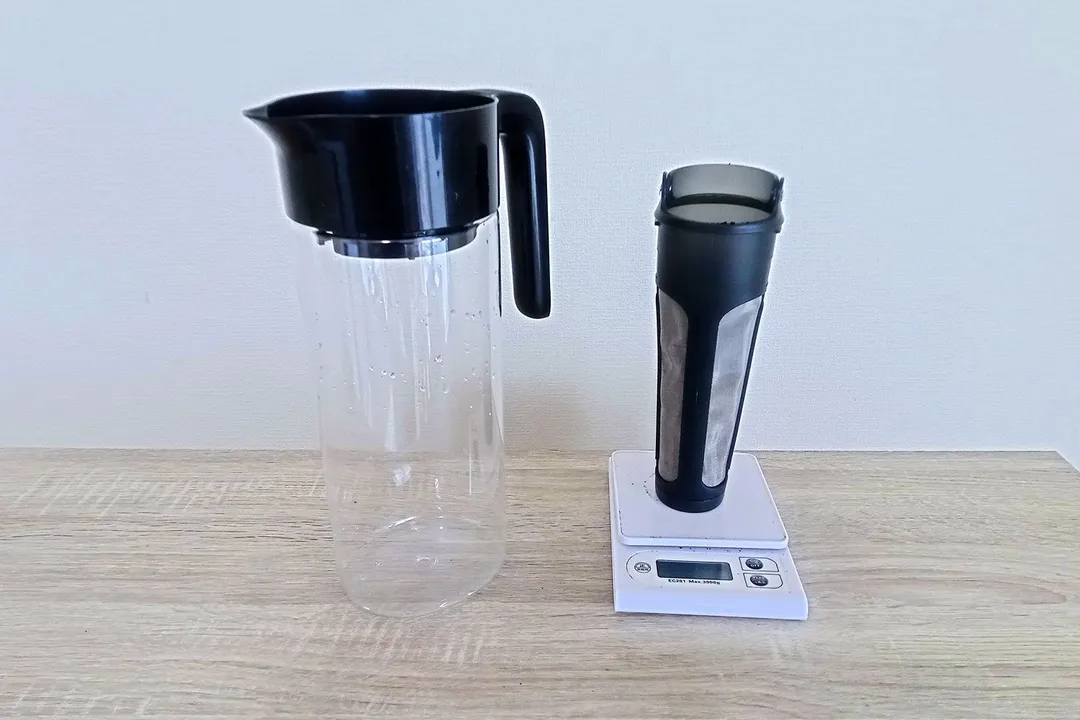
Decanting
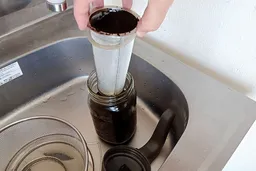
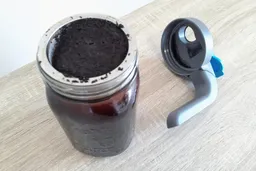
Cleaning and Storage
Behind the Comparison
Roger Shitaki is a writer, author, and editor. His niches are household appliances, health & wellness, and travel. He’s a freelance contributor to a Tokyo lifestyle website and a leading ophthalmology magazine in Asia.

